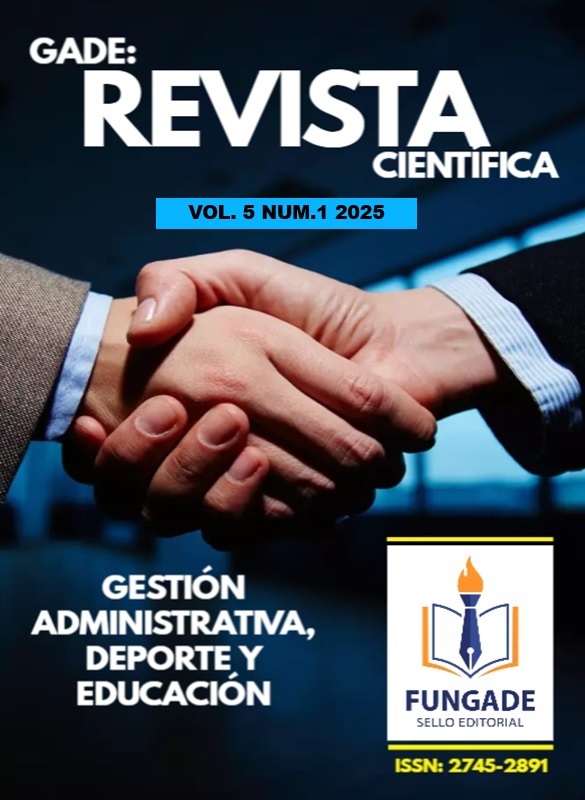Methodological system for the teaching-learning process of the elements of turns in Rhythmic Gymnastics
Abstract
The design of methodological tools for conducting the teaching-learning process of sports technique is increasingly common within Rhythmic Gymnastics. In that order, the research shown had the objective of: Developing a methodological system for teaching and learning the technical elements of turns. To this end, the survey technique was applied to determine the models acting in the teaching of turns. 13 turns contained in the Comprehensive Athlete Preparation Program (category 6-8 years) were filmed (Sony Hi-8 digital camera) and biomechanically analyzed (kinovea), taking as a sample the gymnast with the highest technical level of the National Team, with the in order to obtain the result as close to perfection as possible. The technical model was developed for each of these turns (biomechanical model, morphological model and technical description) determining the axes of rotation (all the turns studied are performed on the vertical axis), the moment of impulse over the course of the phases. The angles depending on the position in which it is rotated, the height of the center of gravity with respect to the ground, as well as the mechanics of the kinematic chain. 5 specialists, National High Performance, were selected to determine the components of the methodological system, the theoretical validation and practical feasibility of the proposal.
Downloads
References
O´Farril, A y Santo, A. 1982. Gimnasia Rítmica Deportiva I. La Habana
Delgado, M. et al., (2022) Guía metodológica para la enseñanza de los pasos y carreras en Gimnasia Rítmica. Multimedia. PODIUM Revista de Ciencia y Tecnología en la Cultura Física, http://podium.upr.edu.cu;17 (3):1079-1093.
Pérez, Y. et al., (2022) Estrategia de superación profesional para la preparación de los giros, en la Gimnasia Rítmica. Olimpia, 2022, Vol. 19, núm. 1, Enero-Marzo, ISSN:1718-9088.URL: http://portal.amelica.org/ameli/journal/429/4292710031/
Pérez L., Ilisástigui M y colb. (2013) Progresión metodológica para la enseñanza de la dificultad de equilibrio en Plancha Lateral en Grand Ecart, http: //portal. Inder.cu//revistas/acción/ ISSN 1812-5808, RNPS 2046, 2013.
FIG. Comité Técnico de Gimnasia Rítmica. Código de Puntuación. 2022-2024
Ilisástigui, M. y otros. 2022- 2024. Programa Integral de Preparación del Deportista. La Habana.
Ilisástigui, M. (2013) Recomendaciones metodológicas generales para la enseñanza de los elementos de técnica corporal en la Gimnasia Rítmica. /32
Castillo-Pantoja, Y., Gómez-Zoques, A. p., Aguilera Rodríguez, L..,& Aguilera-Calzadilla, H.M. (2021). Análisis de los indicadores biomecánicos del giro en anillo en la gimnasia rítmica. Revista científica Especializada En Ciencias de la Cultura Física y del Deporte, 13(27), 13-24. https://deporvida.uho.edu.cu/idex.php/deporvida/article/view/708
Copyright (c) 2025 Maydelis C. Delgado Alfaro ,Mélix Ilisástigui Avilés ,Nely Ochoa Borrás,Mayda Losada Robaina

This work is licensed under a Creative Commons Attribution-NonCommercial-NoDerivatives 4.0 International License.






